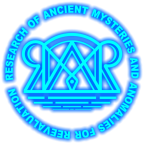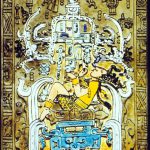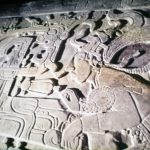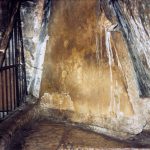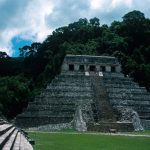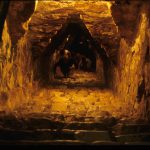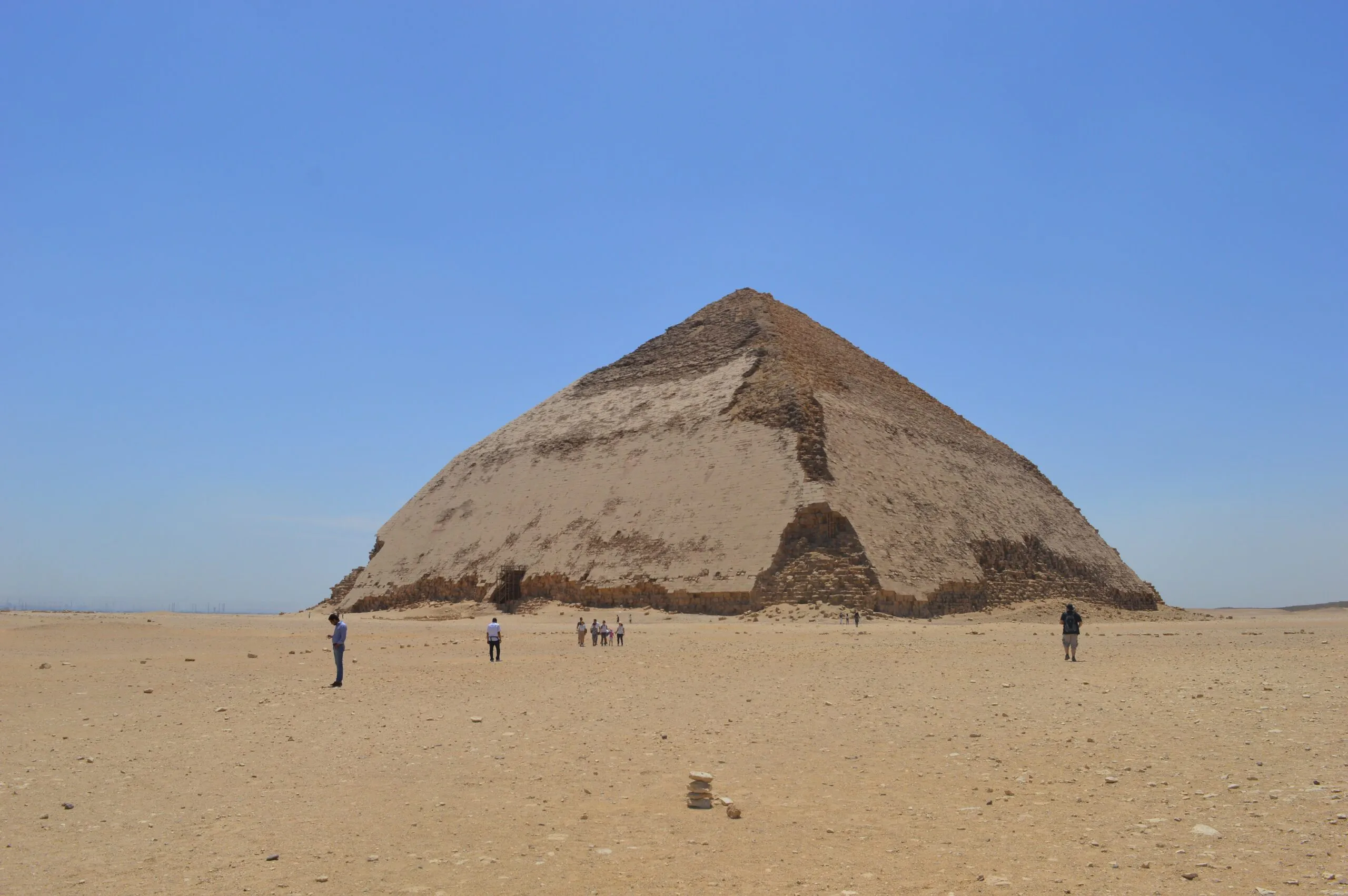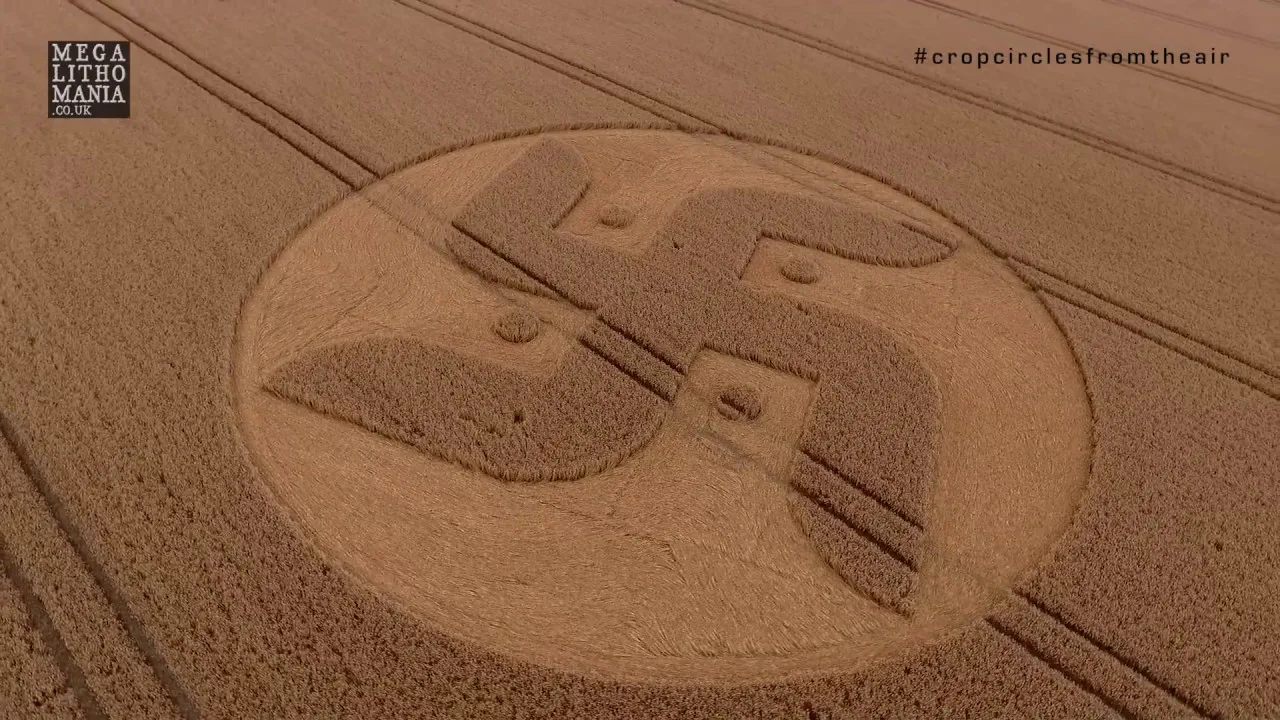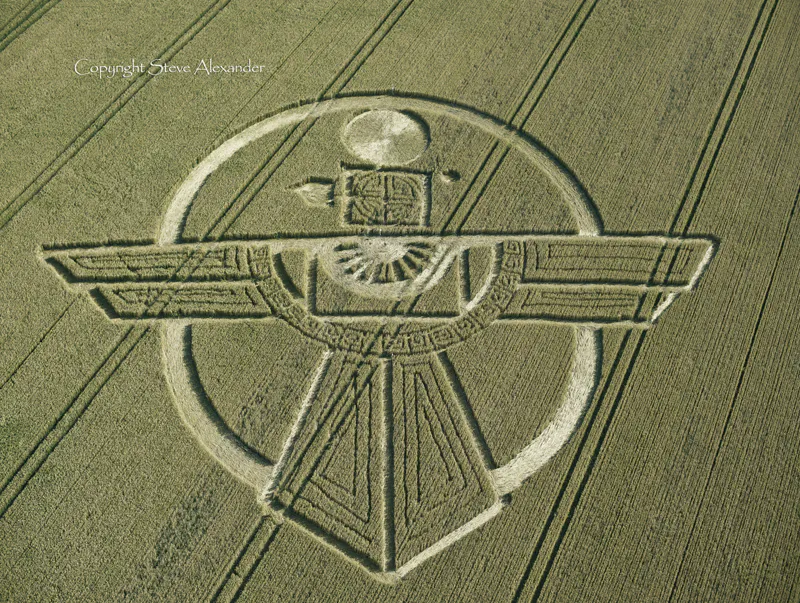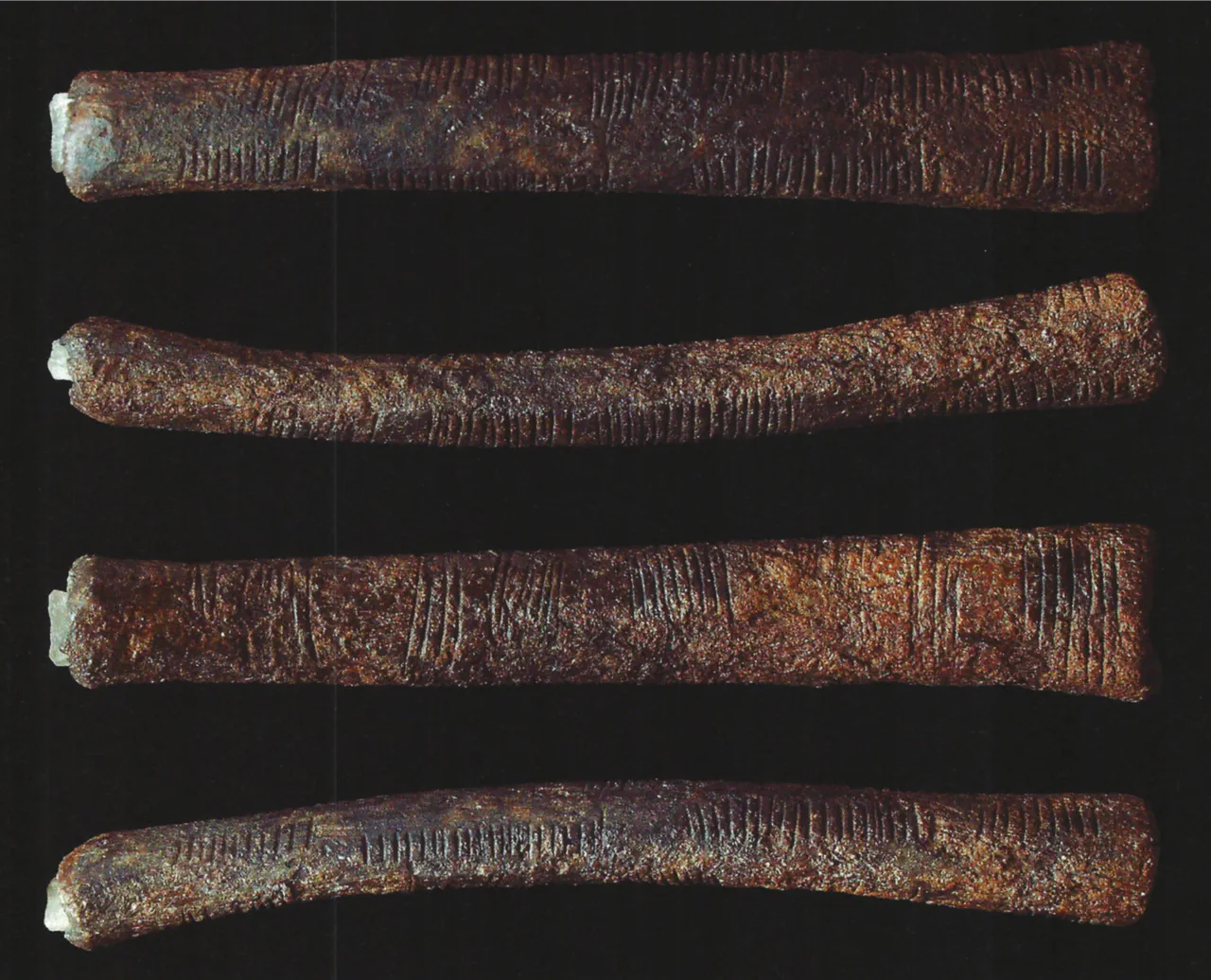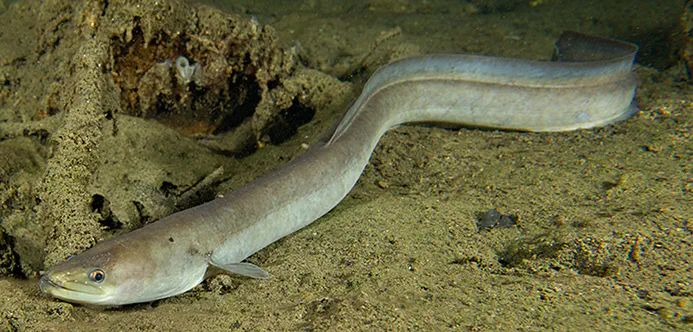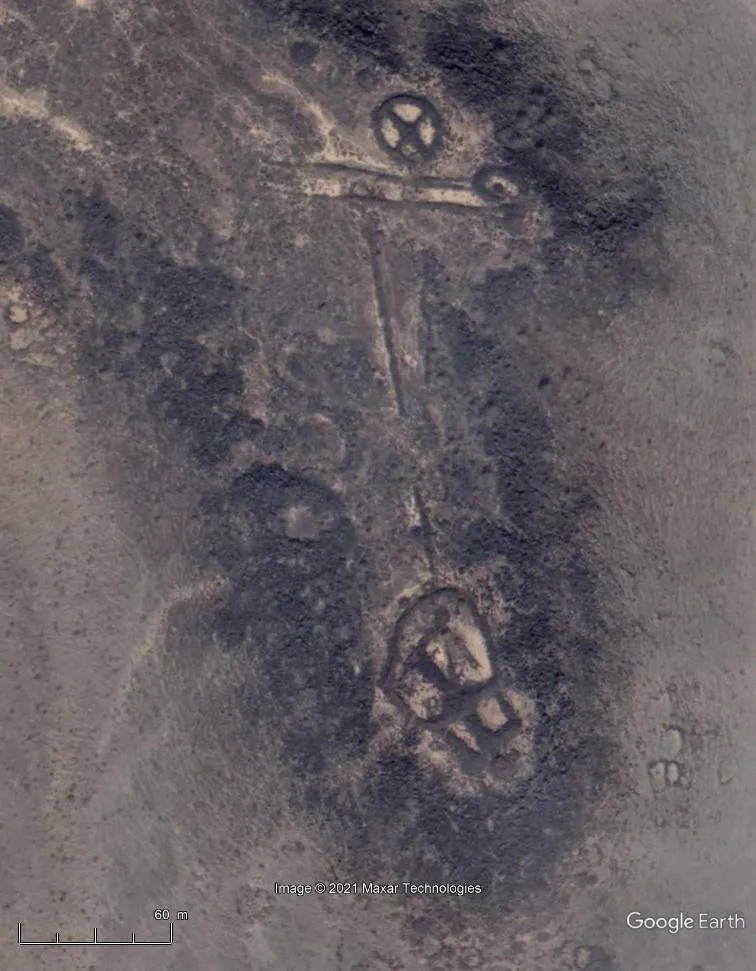Tomb plate of Pacal, Palenque
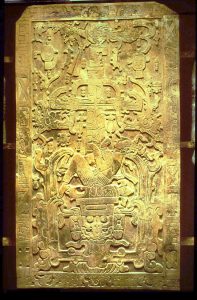 Real X-File ID: 475
Real X-File ID: 475
Report Date: 07/16/2016
Country: Mexico
Place: Palenque, Chiapas, Mexico
Fingerprints: Ancient historical records of advanced technological knowledge, Ancient historical records of extra terrestrial interaction
Existing Facts Sources: Book
Summary Report:
K inich Janaab Pakal I (translated by archaeologists as “Radiant Corn-Flower (?) Shield”), also known as Pacal or Pacal the Great (March 603 – August 683), was ajaw (Lord) of the Maya city-state of Palenque in the Late Classic period of pre-Columbian Mesoamerican chronology. He acceded to the throne in July 615 and ruled until his death. Pakal reigned 68 year, the fifth-longest verified regnal period of any sovereign monarch in history, the longest in world history for more than a millennium, and still the longest of any residing monarch in the history of the Americas. According to archaeologists, Pakal died on 9.12.11.5.18 (August 683), at the age of 80, having ruled Palenque for 68 years and 33 days. After his death, Pakal was deified as one of the patron gods of Palenque. Pakal was buried in a colossal sarcophagus within the largest of Palenques stepped pyramid structures, the building called B olon Yej Te Naah “House of the Nine Sharpened Spears” in Classic Maya and now known as the Temple of the Inscriptions. 7 meters below the foundation of the temple of inscriptions (Templo de las inscriptiones) lies a triangular door with a cave behind. In that cave, which was discovered full of stalactites and stalagmites, a 10 tons heavy plate is lying – 2.2 x 3.8 meters. The tomb plate is covered with a mysterious chiselling. Pacal is sitting in a kind of frame, similar to the Stupas on Buddhism temples in Asia.
In his first Book from 1968 “Erinnerung an die Zukunft” Erich von Däniken presented his interpretation of the graveplate of King Pacal: “…I enthusiastically described the strange being in the center of the plate as representing an astronaut sitting in some kind of space capsule and operating complicated equipment; behind him I suspected rays of a fire – in context: the ejection of a rocket…” this is now supported by the probably best Maya epigraphers at present, the professors David and George Stuart from the University of Texas in Austin, USA. In their most recent publication “Palenque, Eternal City of the Maya”, they analyzed the glyphs on the famous tomb slab of Palenque and came to completely new conclusions. Previous interpretations assumed that the Mayan ruler Pacal fell into the open jaws of a monster, that the “Cross of Life” grew out of his chest, and so on. All nonsense, analyzed the scholars David and George Stuart. “The record, taken as a whole, may be regarded as a conscientiously assembled model of the cosmos.”
What does the tomb slab of Palenque realy represent? Why are there so many different interpretations among researchers to what the depiction and glyphs on the stone slab represent?
Google Streetview: Google Streetview
Links:
Facts Source Details:
Details of Book: Der Tag an dem die Götter kamen, Erinnerung an die Zukunft, Palenque, Eternal City of the Maya,David and George Stuart,Kopp Verlag, Econ Verlag, Thames and Hudson,04/01/2015, 01/01/1968, 11/24/2008
Pictures:
